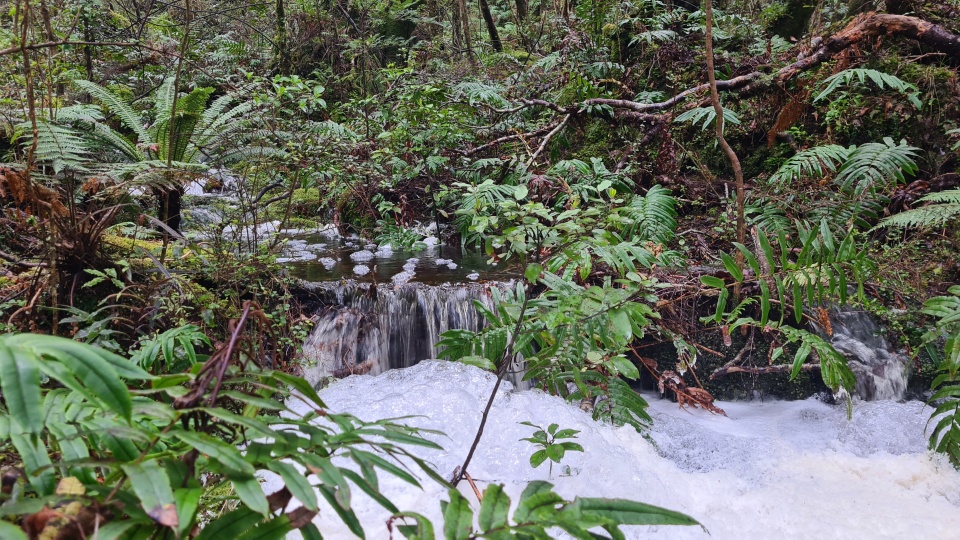You can contact LEARNZ, part of CORE Education, at:
Postal Address:
PO Box 13 678,
Christchurch 8141,
New Zealand

Fiordland is a huge area so people must work together to help restore it. On this field trip we will see how parts of Tamatea Dusky Sound is being restored.
The conservation of Fiordland is a huge task which does not just fall on Te Papa Atawhai The Department Of Conservation but is supported by the community and businesses that work there. This includes Pure Salt who will be taking us on a multi-day voyage in Tamatea Dusky Sound.
The Tamatea Dusky Sound restoration plan has the ambitious goals of:
The project area includes Te Puaitaha Breaksea Sound, Acheron Passage, Moana Uta Wet Jacket Arm and Tamatea Dusky Sound itself, including over 700 islands.

The aim is for Tamatea Dusky Sound to be one of the most intact ecosystems on Earth, and Aotearoa New Zealand's largest ‘bio bank’ – a source of endangered native species that can be sent to pest free locations throughout the country.
The Tamatea Dusky Sound restoration plan is a 30-year project. The area is worth protecting, with many unique plants and animals, along with lush native bush and relatively few weeds.
Many of Tamatea Dusky Sound’s islands have never been invaded by the introduced pests that now plague the mainland.

Richard Henry was the caretaker of Tau Moana Resolution Island, New Zealand’s first island wildlife sanctuary. Between 1894 and 1900, Henry transferred over seven hundred kākāpō and kiwi from the mainland to Tau Moana Resolution and surrounding islands.
Although the Resolution Island project failed when predators invaded in 1900, the many observations made by Richard Henry have helped with modern bird conservation, particularly the kākāpō recovery programme.
In 2008 Te Papa Atawhai The Department of Conservation began removing pests from Tau Moana Resolution Island, allowing endangered birds to be brought back there.
Once islands are free of pests, they act as sanctuaries that are easier to protect from invasion as they are surrounded by water. Some pests, such as rats, can swim and stowaway on boats so people still need to make regular checks of these islands and any boats that travel there. The Fiords have many nearshore islands. The more islands that are made predator-free the lower the risk of predators being reintroduced.

Pure Salt has started a project to remove rats from Mamaku Indian Island in Tamatea. This will help protect native species on the Island and reduce the risk of rats swimming to nearby rat-free islands. Pure Salt aims to reduce the rat population to undetectable levels to allow future translocations of native species. This will also help with the overall restoration.
Pure Salt has cut over 17 kilometres of track-lines, creating a network of 200 traps which they regularly check and maintain. Tracking-tunnels, motion cameras and a new app are used to monitor predator numbers.
In the future, stoat-lines on Long Island are planned to further protect Resolution as well as Anchor Island. This work is already underway.


Try the Restoring Tamatea Dusky Sound quiz.
Read more about Richard Henry, where he lived and the role he played in protecting threatened species.